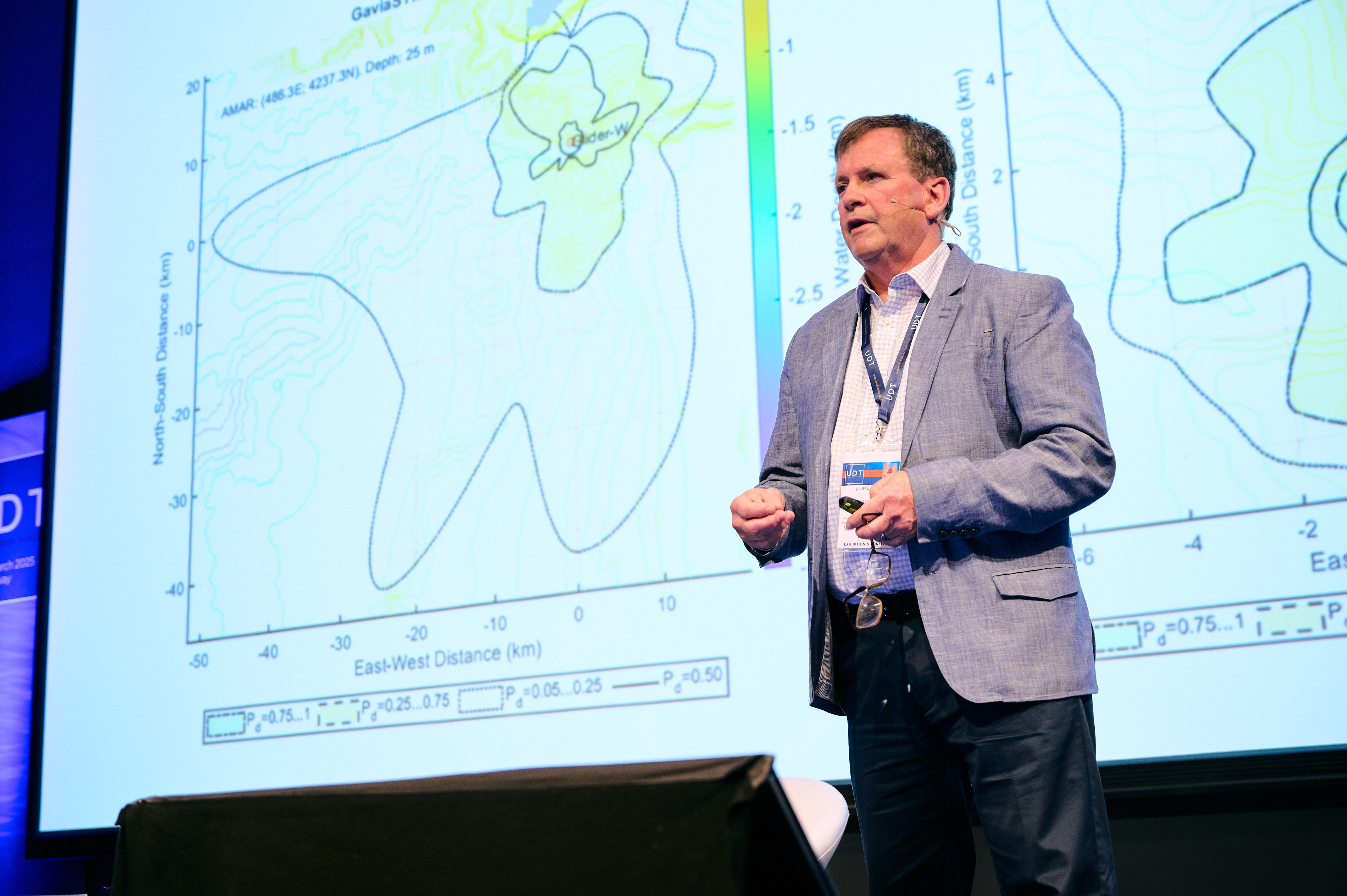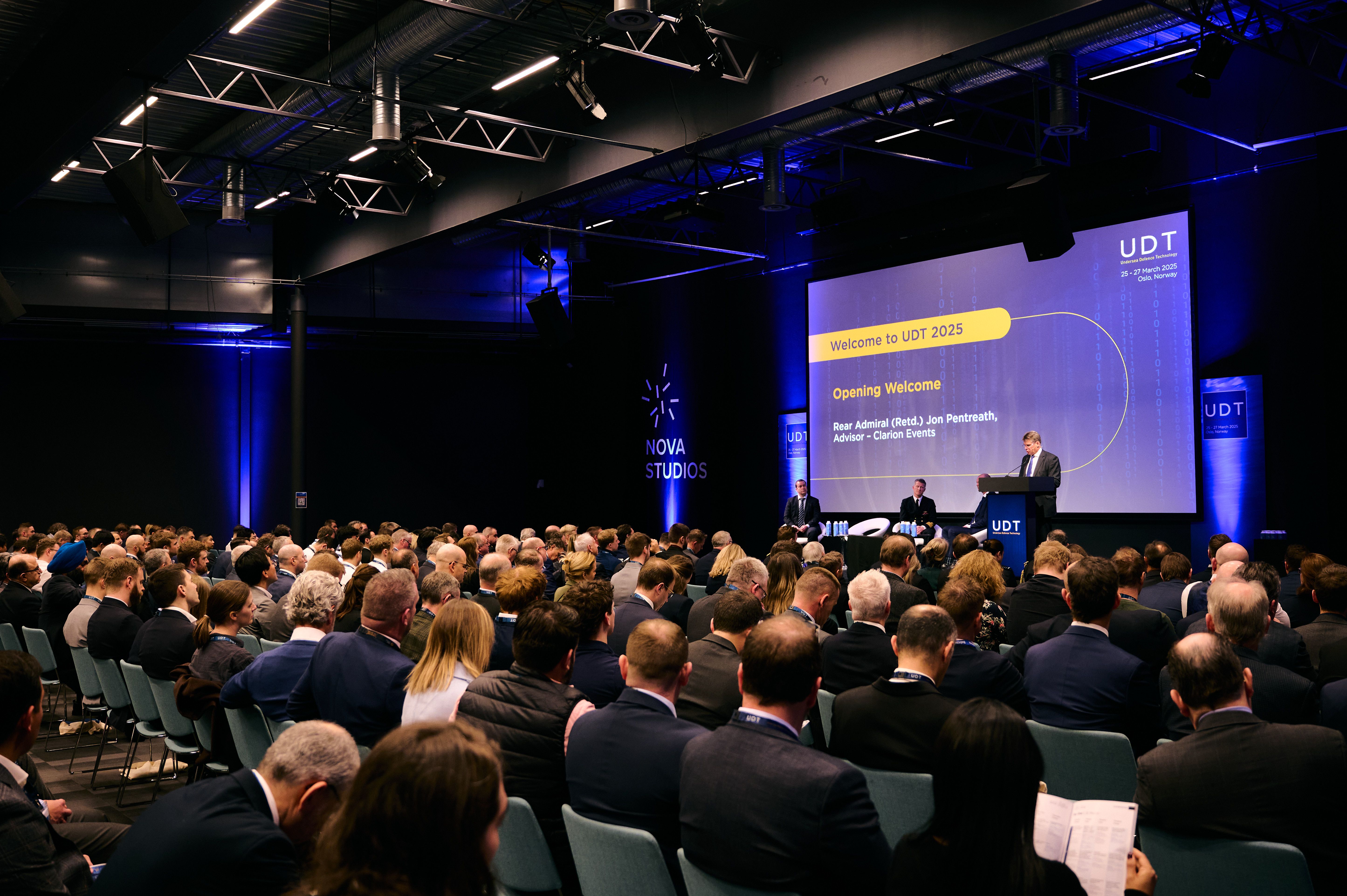UDT 2026’s theme Advantage through Undersea Technology captures the urgent need to accelerate and manage innovation, seamlessly integrating emerging technologies into effective operational capabilities. UDT 2026 will prioritise conversations and investment through three key areas:
Autonomy: The critical role of autonomous and unmanned systems in expanding operational reach and enhanced decision-making.
Application: The defence sector’s need to rapidly adapt to changing threat environments, especially with the emergence of novel technologies and near-peer adversaries.
Agility: Success hinges not only on innovation but on how quickly and affordably these capabilities can be developed, procured and delivered at scale .
Please note: Applications for this have now closed.


